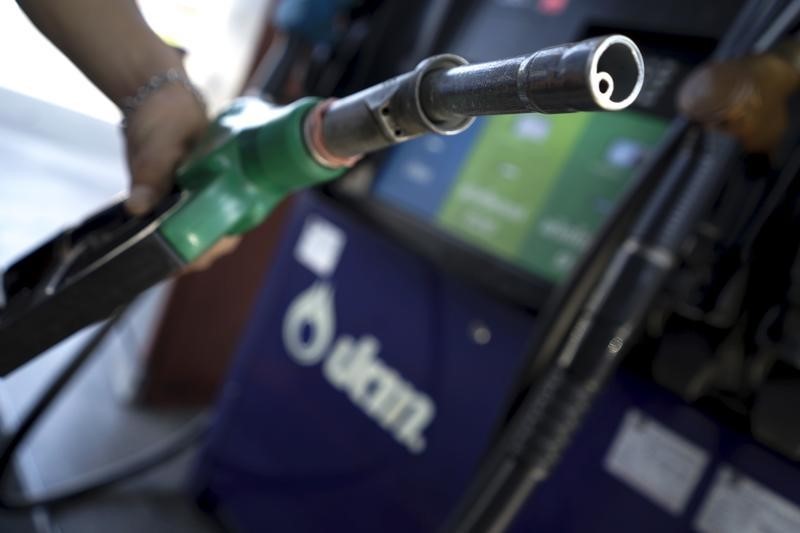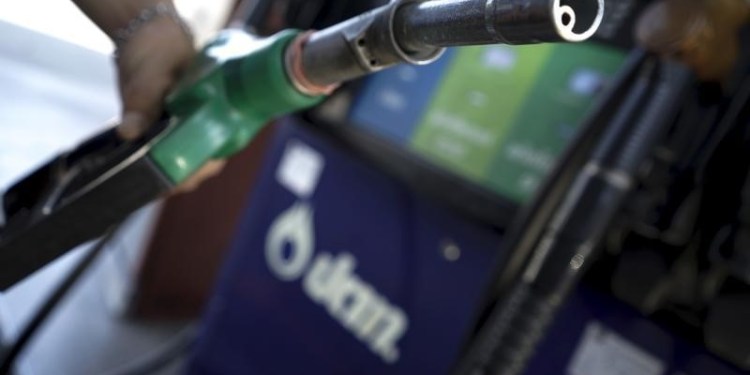
© Reuters.
By Ambar Warrick
Investing.com– Oil prices rose on Wednesday after shedding 5% in the prior session as signs of strength in U.S. gasoline demand helped ease concerns over an Iran-led supply glut and a rise in crude inventories.
Crude prices slumped on Tuesday after reports said Washington and Tehran had reached an agreement to revive the nuclear deal. The move is expected to lift sanctions on Iran and see the release of over 1 million barrels per day of supply into the market.
Also pressuring prices was data from the American Petroleum Institute (API), which showed that U.S. crude inventories unexpectedly rose by 593,000 barrels last week.
Official data from the U.S. Energy Information Administration (EIA), due later today, is expected to show a 1.5 million barrel fall in inventories.
London-traded Brent oil futures were flat around $98.44 a barrel by 20:23 ET (00:23 GMT), while U.S. West Texas Intermediate Futures rose 0.5% to $92.17 a barrel.
The API data, which usually heralds a similar reading from the EIA, also showed that gasoline stockpiles fell by 3.4 million barrels last week.
The reading indicates that consumer demand for gas has persevered despite rising inflation and interest rates in the country.
Wholesale U.S. gasoline prices also fell to their lowest level since before the Russia-Ukraine conflict, pointing to more relief for U.S. consumers. This also comes amid a continued drawdown of the U.S. Strategic Petroleum Reserve (SPR) by the White House in an attempt to stabilize local gas prices.
The SPR, which is an emergency stockpile maintained by the U.S. Department of Energy, is currently at a near 38-year low.
But slowing economic growth and rising inflation across most of the globe has driven concerns of sluggish crude demand outside the United States, particularly in major Asian importers.
China, the biggest importer of crude, has seen a drastic slowdown in economic growth this year, which has dented crude imports in the country. Crude prices are set for their third straight month of declines, their worst losing streak in over two years.
Brent oil prices are down over 10% in August, while WTI has lost nearly 7%.
Still, the Organization of Petroleum Exporting Countries and its allies have vowed to cut production to keep prices underpinned this year. An upcoming meeting of the cartel next week is expected to provide more clarity on the planned cuts.
Source: Investing.com


























